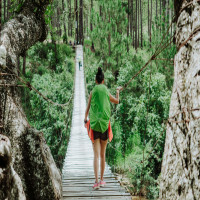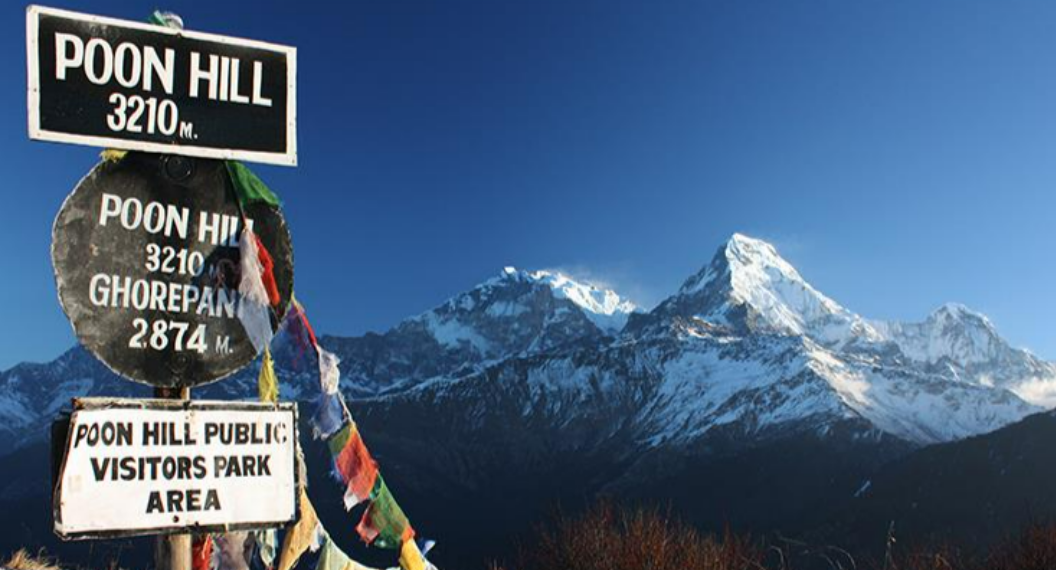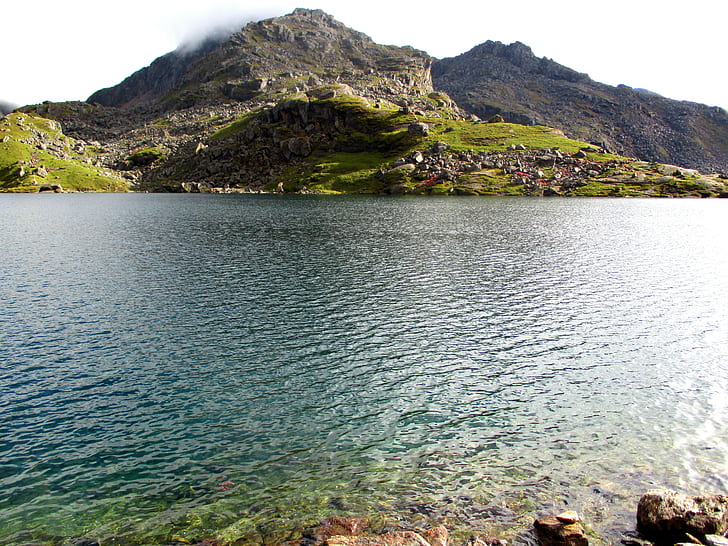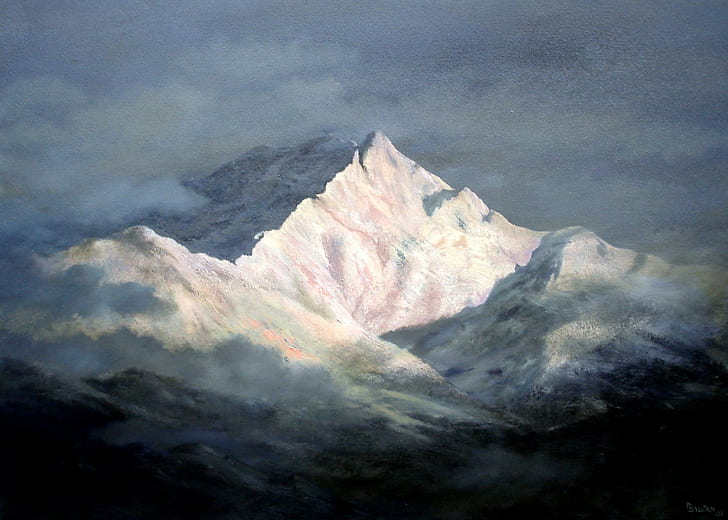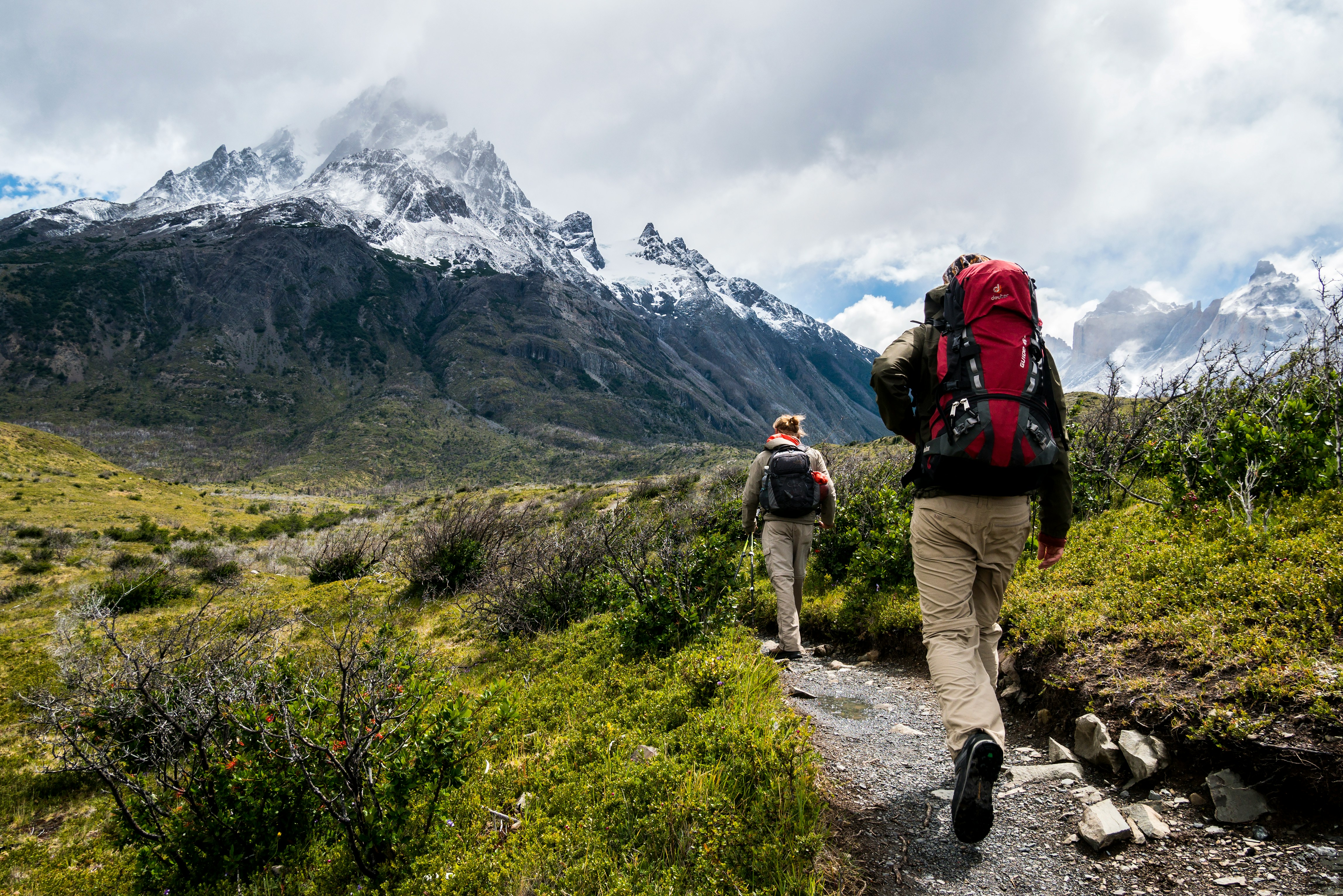Chulu Far East Was the Remote Climb I Didn't Know I Needed
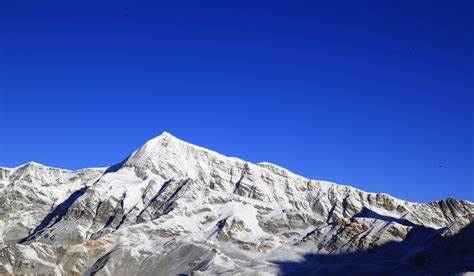
Strong 8k brings an ultra-HD IPTV experience to your living room and your pocket.
There’s something about the remote corners of the Himalayas that makes them feel more like a state of mind than a place. That feeling hit me hardest while climbing Chulu Far East (6,059m)—a peak tucked away in the Annapurna region, often overshadowed by its more famous neighbors.
I went in expecting a physical challenge. What I got was a mental reset, a sense of reconnection, and a kind of quiet clarity that only comes when the world falls away and you’re left with nothing but sky, stone, and self.
Not Part of the Plan
To be honest, I hadn’t even heard of Chulu Far East until a few months before the expedition. I had originally been researching trekking peaks like Lobuche East or Pisang Peak, which are better known and more popular. But my guide—who’d become more of a mentor over the years—suggested something different.
“If you want solitude,” he said, “go climb Chulu Far East.”
I looked it up. No crowds, no traffic jams on the trail, no base camp lodges with espresso machines. Just pure alpine wilderness. That sounded like exactly what I didn’t know I’d been craving.
The Approach: Into the Quiet
The journey began from Jagat, on the classic Annapurna Circuit trail. For the first few days, the path wound through villages I had heard of—Chame, Pisang, and Manang—but after Manang, we veered off the well-trodden route and entered a completely different world.
Gone were the teahouses and crowds. In their place: stone huts, herds of yaks, and the occasional fluttering prayer flag lost in the wind. The silence was thick. The air thin.
As we gained altitude, the mountains grew taller and more imposing. But they didn’t feel intimidating. They felt welcoming—like they’d been waiting a long time for someone to walk into their solitude.
Base Camp: Stripped Down and Still
We set up base camp at around 5,000 meters, on a barren, windswept plateau beneath the shoulder of the Chulu range. No noise. No lights. Just stars and snow.
The camp itself was minimal—no Wi-Fi, no connection to the outside world. And that turned out to be a gift. Without distractions, I found myself settling into a kind of stillness I hadn’t felt in years. The anxiety, the scrolling, the compulsive need to check, update, reply—gone.
Every evening, I’d sit outside my tent wrapped in down layers, sipping soup and watching the sun drop behind the Annapurnas. I hadn’t felt that peaceful in a long time.
Summit Day: A Long Climb in Slow Motion
The summit push started at 2:30 a.m., headlamps glowing like tiny stars against the ice. The route was non-technical but relentless—long snow slopes, exposed ridgelines, and steep final ascents that tested every muscle in my body.
The real challenge wasn’t the terrain. It was the altitude. At over 6,000 meters, the air was thin and every breath felt like trying to inhale through a straw. My steps got slower. My thoughts got quieter. It became almost meditative—step, breathe, pause, repeat.
There was a moment near the summit when I looked up and saw the first light of dawn stretching across the sky, painting the snow in soft pinks and blues. I stopped walking—not from exhaustion, but awe. The mountain didn’t feel like something to conquer. It felt like something to listen to.
Reaching the Summit
When I finally stood on the summit of Chulu Far East, I felt no urgency to take photos or raise my arms in victory. I just stood there, staring out at the surreal panorama of Annapurna II, III, Gangapurna, Tilicho Peak, and even far-off Manaslu.
And unlike other peaks I’d climbed, this one felt different. There was no one else there. No rush to get down. No chatter on the radio. Just wind, light, and the overwhelming quiet of being truly alone at the top of the world.
I didn’t feel triumphant. I felt whole.
The Descent: Letting Go
The way down was long, slow, and harder than expected. My legs were tired, and the adrenaline had worn off. But I didn’t mind. I wasn’t in a hurry anymore. Something in me had shifted.
Back at base camp, I crawled into my tent and lay there for hours, just listening to the wind batter the sides of the fabric, my body exhausted but my mind calm.
Why It Mattered
Climbing Chulu Far East didn’t offer the technical prestige of Ama Dablam or the popularity of Island Peak. But that’s exactly why it mattered.
It reminded me that not everything has to be flashy, shareable, or impressive. Some things—the best things, maybe—are meant to be experienced quietly, deeply, with no witnesses but the sky.
In a world obsessed with doing more, going faster, proving worth, Chulu Far East offered me the chance to slow down, go inward, and rediscover what it means to just be.
Who Should Climb Chulu Far East?
If you're looking for a first alpine summit that’s challenging but not highly technical, and you value solitude and raw Himalayan landscapes over popularity or ease of access, Chulu Far East might be the climb you didn’t know you needed either.
It requires good fitness, acclimatization, and a love for remote, high-altitude environments. But what it offers in return goes far beyond just a summit photo.
Final Thoughts
We often seek the peaks that others have climbed, the ones that come with stories we’ve already heard. But sometimes, the most powerful journeys are the ones we didn’t plan—the ones that whisper instead of shout.
Chulu Far East didn’t just test my legs—it quieted my mind. It didn’t just give me a view—it gave me space. In the stillness of its remote slopes, I found something I hadn’t even realized I’d lost: a sense of groundedness, of presence, of peace.
And I’ll carry that silence with me, long after the snow has melted and the mountain has disappeared behind the clouds.
Note: IndiBlogHub features both user-submitted and editorial content. We do not verify third-party contributions. Read our Disclaimer and Privacy Policyfor details.

